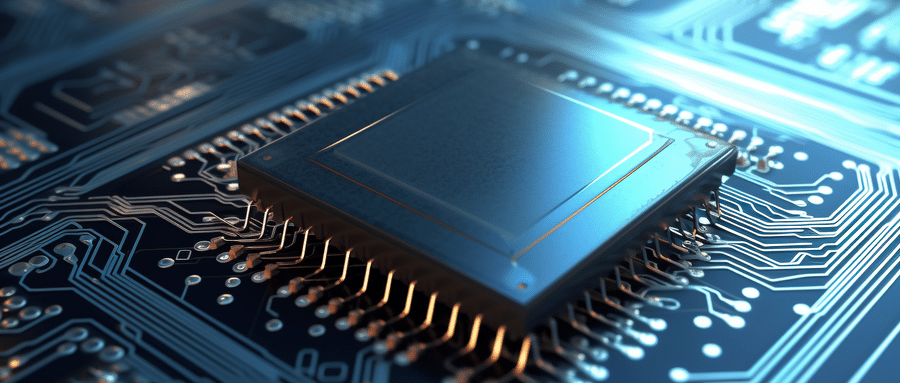PCB Copper Thickness: Finding the Right Balance for Performance and Cost
PCB Copper Thickness Design: Exploring Solutions that Balance Performance and Cost
PCB copper thickness selection plays an essential part of electronic circuit design and manufacturing. It influences performance, reliability, cost and thermal performance of printed circuit boards – as well as signal integrity considerations, current-carrying capacity requirements, thermal performance expectations and cost considerations. Understanding its influence helps designers strike an efficient balance between performance and cost considerations.
Factors Influencing PCB Copper Thickness Selection:
1. Signal Integrity:
Copper traces on a PCB carry signals between components, and copper thickness has an impactful influence over impedance and signal integrity of these traces. While thicker copper helps reduce resistance and losses while improving signal quality, excessively thick copper may result in impedance mismatch or reflections which erode signal integrity if chosen improperly; to select pcb copper thickness designers should take into account impedance requirements of their circuit as well as desired transmission characteristics when making their selection.
2. Current-Carrying Capacity:
PCB copper thickness directly affects the current-carrying capacity of traces and power planes, with thicker copper having greater current carrying capacities to handle higher current levels without overheating, thus minimizing thermal issues and voltage drops. Achieve sufficient pcb copper thickness is especially essential when used in power-intensive applications like high-power amplifiers or distribution networks where current carrying capabilities must meet or exceed demand – or risk overheating or failure due to overheating or failing traces.
3. Thermal Performance:
Copper serves as an effective heat conductor on PCBs. Thick copper allows for better heat dissemination and better thermal conductivity, helping dissipate heat generated by power components or high-power traces and dissipating it faster. This feature can be particularly helpful in applications involving high temperatures or components susceptible to thermal stress; thicker copper helps ensure optimal operating temperatures to prevent overheating or potential damage to devices or circuitry.
4. Cost Considerations:
PCB copper thickness has an enormous influence on the costs associated with PCB production. As copper is one of the more costly materials in manufacturing processes, more copper increases material and manufacturing costs; designers must find a balance between performance requirements and budget when considering pcb copper thickness issues. Assessing specific circuit requirements along with tradeoffs between pcb copper thickness, performance requirements and budget is vital in optimizing cost efficiency.
Copper Thickness Options:
1oz Copper (35mm):
One ounce copper is the standard thickness used in most PCB designs, providing a good balance between performance, cost and manufacturing ease. 1 oz copper provides sufficient signal integrity, current-carrying capacity and thermal performance for most applications, including consumer electronics, industrial equipment and automotive electronics.
2oz (70mm) or Higher Copper:
Thicker copper options of 2oz or greater thickness are essential in applications requiring efficient thermal dissipation, such as power electronics and high-power amplifiers with long current traces or higher operating temperatures. Thicker copper solutions offer increased current-carrying capacity while improving thermal performance at the cost of greater material and manufacturing costs.

Selecting the ideal PCB copper thickness is key to achieving desired performance, reliability and cost efficiency in electronic circuit design and manufacturing. Designers must take into account signal integrity issues, current-carrying capacity considerations, thermal performance factors as well as cost considerations in choosing their desired copper thickness. Striking an optimal balance between performance requirements and cost considerations ensures optimized circuit performance with reliable current handling, efficient heat dissipation processes as well as cost-efficient manufacturing processes.
FAQ:
- What is PCB Copper Thickness?
PCB copper thickness refers to the thickness of the copper layer used on the Printed Circuit Board. It is measured in ounces (oz), and represents the weight of copper spread evenly over a one square foot area. This is converted into micrometers or mils for design purposes. - Why is Copper Thickness important in PCB Design?
The copper thickness can significantly impact the electrical properties, signal transmission, heat distribution, and mechanical stability of the PCB. Therefore, it must be specified accurately based on the application requirements. - What is the standard Copper Thickness for PCBs?
The standard copper thickness for most PCBs is 1 ounce per square foot, which corresponds to a thickness of 1.37 mils or approximately 34.8 micrometers. - Does Copper Thickness vary between Inner and Outer Layers?
Yes, typically, inner layers have a standard thickness of 0.5 oz, while outer layers usually have a thickness of 1 oz. However, it can be changed depending upon the requirements of the application. - How does Copper Thickness affect Current Carrying Capacity?
Greater copper thickness allows for higher current carrying capacity. Therefore, for circuits that require a large amount of power, a thicker copper layer might be needed. - Is a thicker Copper Layer always better?
Not necessarily, as a thicker copper layer adds to the weight and cost of the PCB and may also complicate the etching process. It’s best to balance the copper thickness based on electrical requirements and overall design constraints. - Can PCBs be made with different Copper Thicknesses on the same Board?
Absolutely. Different areas of the same PCB can have different copper thicknesses, often referred to as Heavy Copper PCBs. This is commonly used for high power distribution boards or boards with high current components. - How is Copper Thickness verified in PCB Manufacturing?
Copper thickness is often checked by using a micro section (cross section) inspection, which involves examining a small cross section of the PCB under a microscope. - What are Heavy Copper PCBs?
Heavy copper PCBs are circuit boards with copper thicknesses of 3 oz/ft^2 to 10 oz/ft^2. They are used in high power transmission applications like automotive systems, power supply circuits, and heat dissipation units. - Does Copper Thickness impact PCB Etching Process?
Yes, the etching process must be carefully controlled as changes in copper thickness will affect the etching rate, influencing the accuracy of the trace widths.























